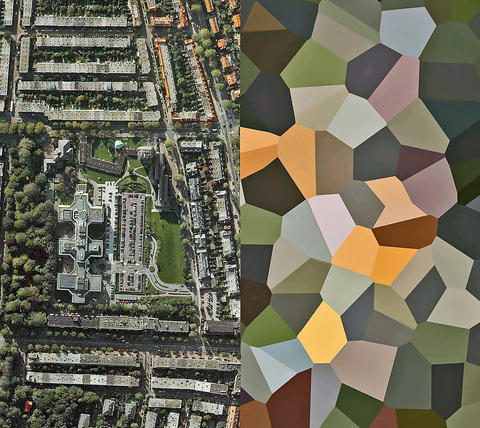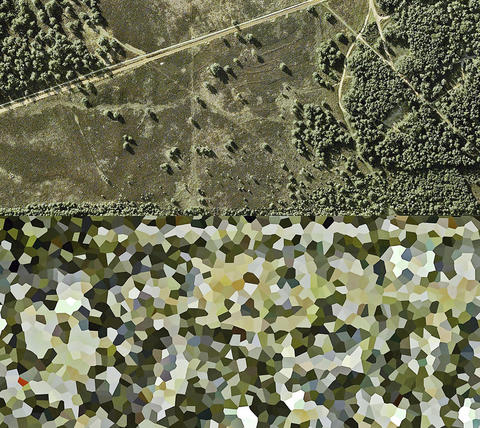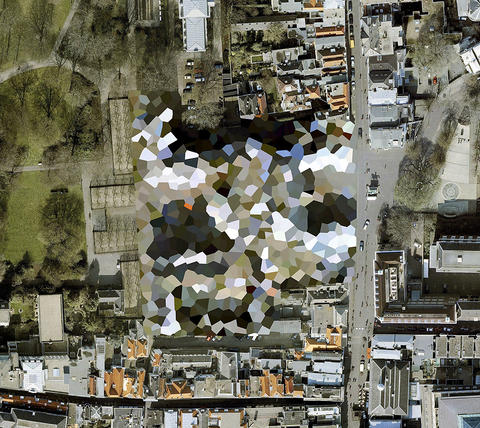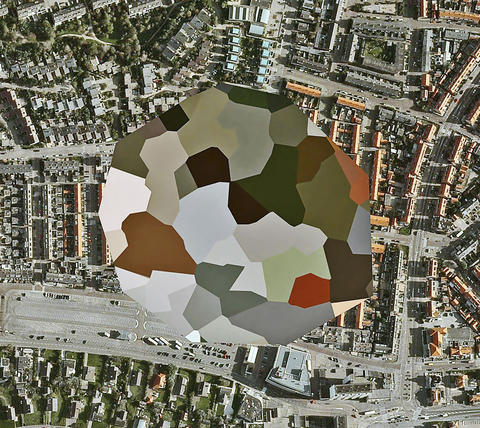When Google introduced its free satellite imagery service to the world in 2005, views of our planet previously accessible only to astronauts and professional surveyors were suddenly available to anyone with an internet connection. Yet the vistas revealed by this technology were not universally embraced.
Governments concerned about the sudden visibility of political, economic and military locations exerted considerable influence on suppliers of this imagery to censor sites deemed vital to national security. This form of censorship continues today, and techniques vary from country to country with preferred methods generally including use of digital cloning, blurring, pixelization and whitening out sites of interest.
Surprisingly, one of the most vociferous of all governments to enforce this form of censorship were the Dutch, hiding hundreds of significant sites including royal palaces, fuel depots and army barracks throughout their relatively small country. The Dutch method of censorship is notable for its stylistic inventiveness compared to other countries: imposing bold, multi-coloured polygons over sites rather than the subtler and more standard techniques employed elsewhere. The result is a landscape occasionally punctuated by sharp aesthetic contrasts between secret sites and the rural and urban environments surrounding them.
These interventions, when compared to the uncensored parts of the images display the physical alterations made to the Dutch landscape through a vast land reclamation project that began in the sixteenth century and continues to this day. With a third of the Netherlands below sea level, the dunes, dykes, pumps, and drainage networks engineered over hundreds of years have dramatically shaped the country’s landscape, providing it with huge swathes of arable land that would otherwise be submerged.
Seen from the distant gaze of Earth’s orbiting satellites, the result is a landscape unlike any other; one in which polygons recently imposed on the landscape to protect the country from an imagined human menace bear more than a passing resemblance to a carapace designed to combat a very real and constant natural threat.
There is of course an absurdity to these censored images since their overt, bold and graphic nature only draws attention to the very sites that are meant to be hidden. Yet this contradiction seems perfectly apt for the absurd fear of terror that has come to dominate the cultural landscape of the last decade.





Feature image: NATO Storage Annex, Coevorden.


